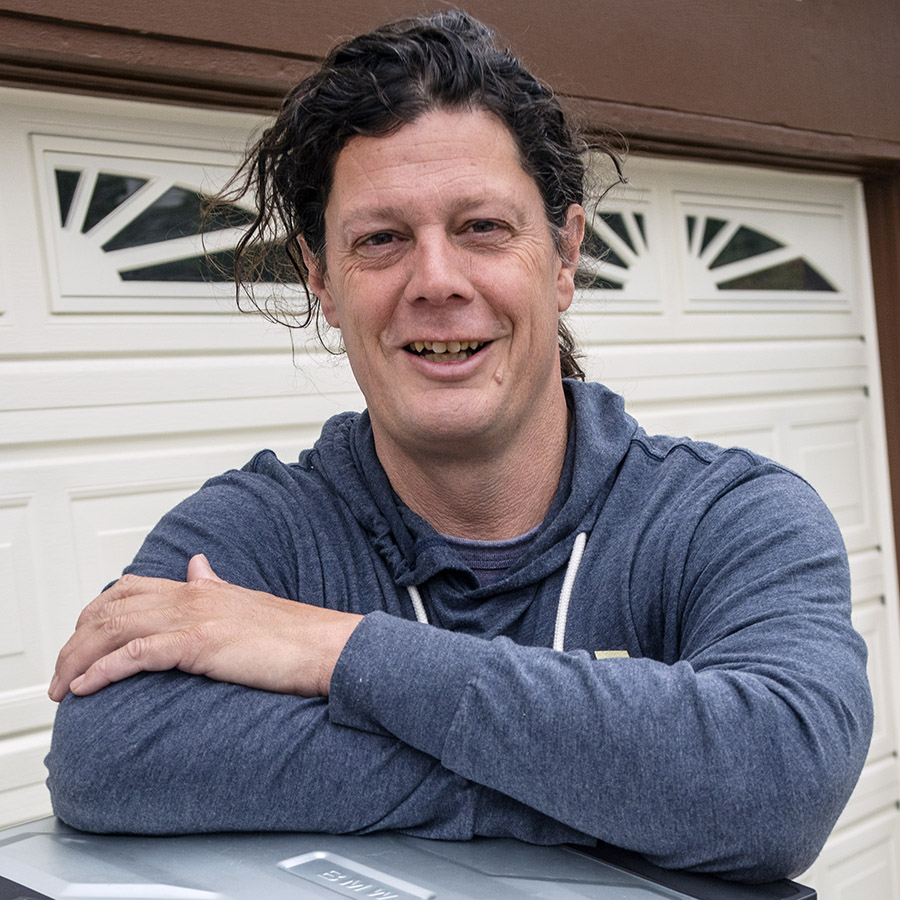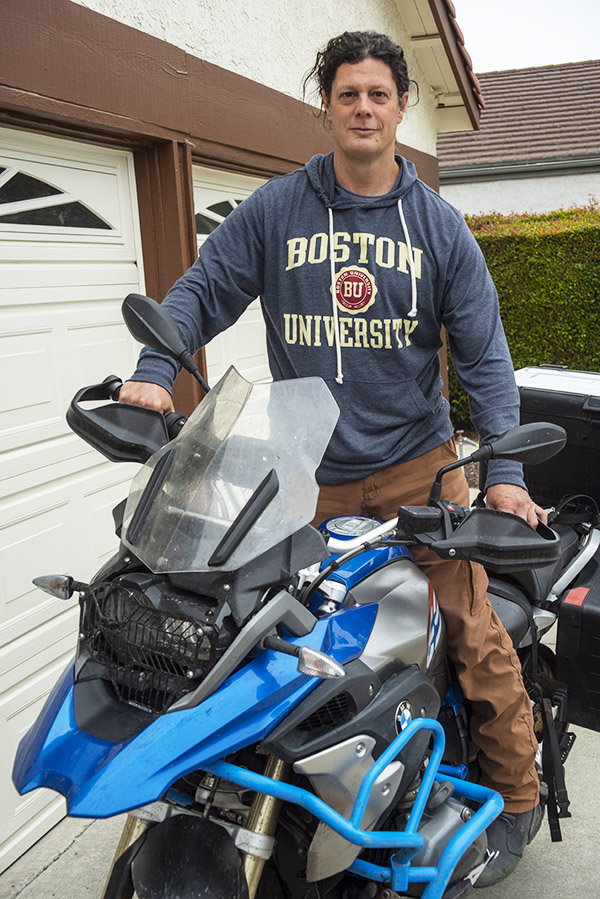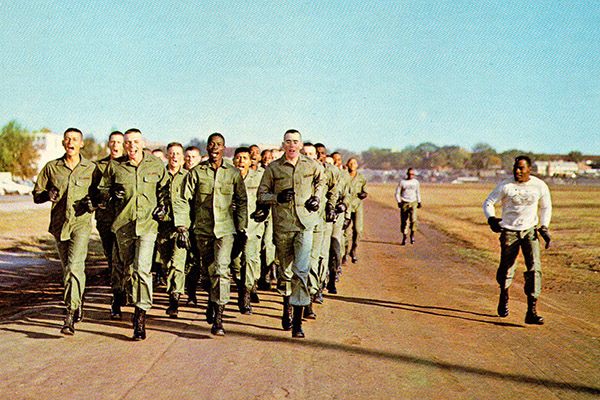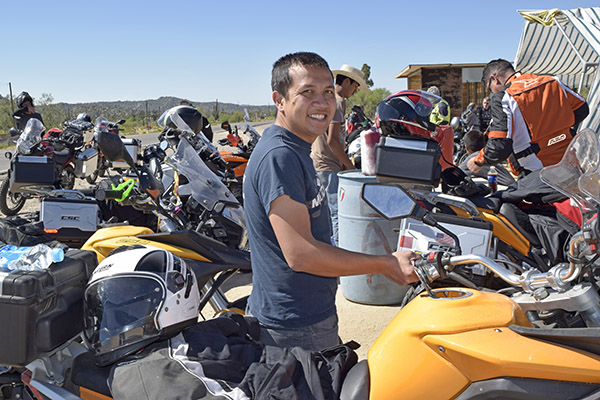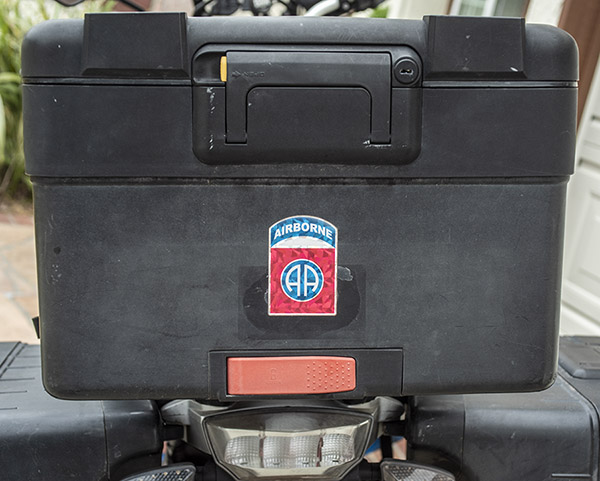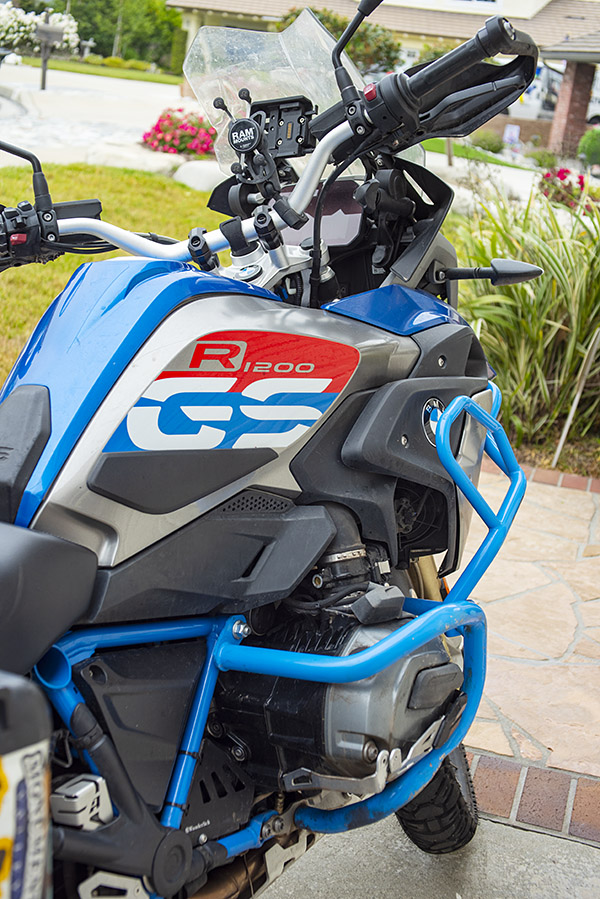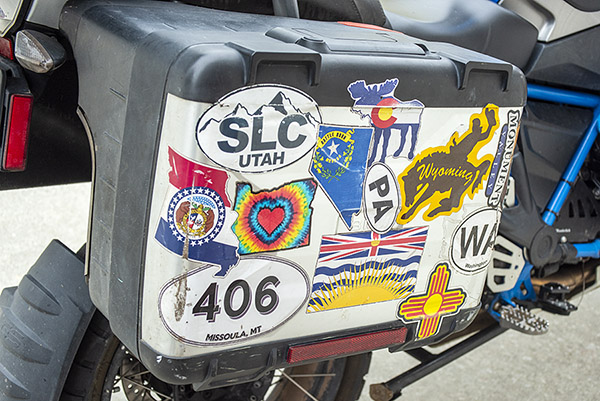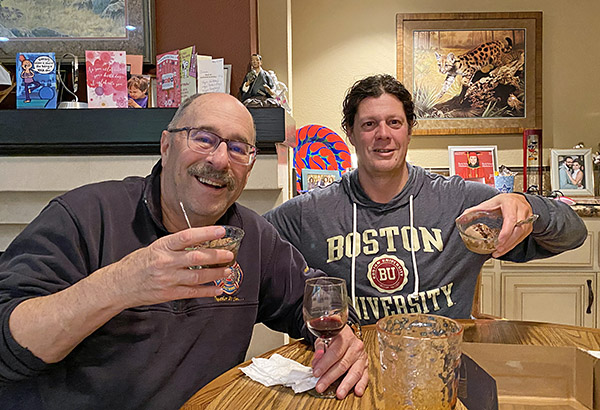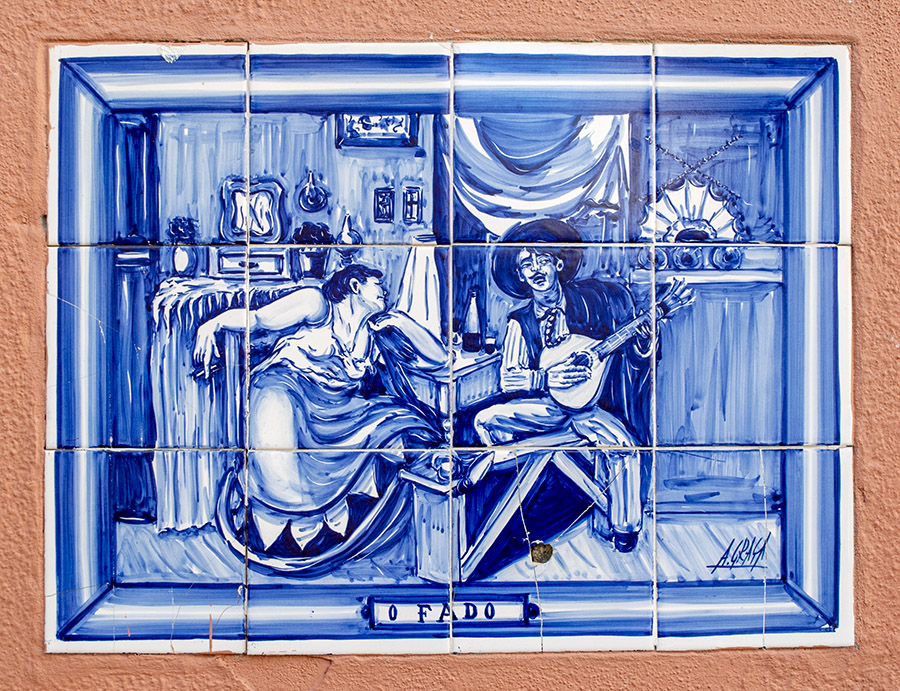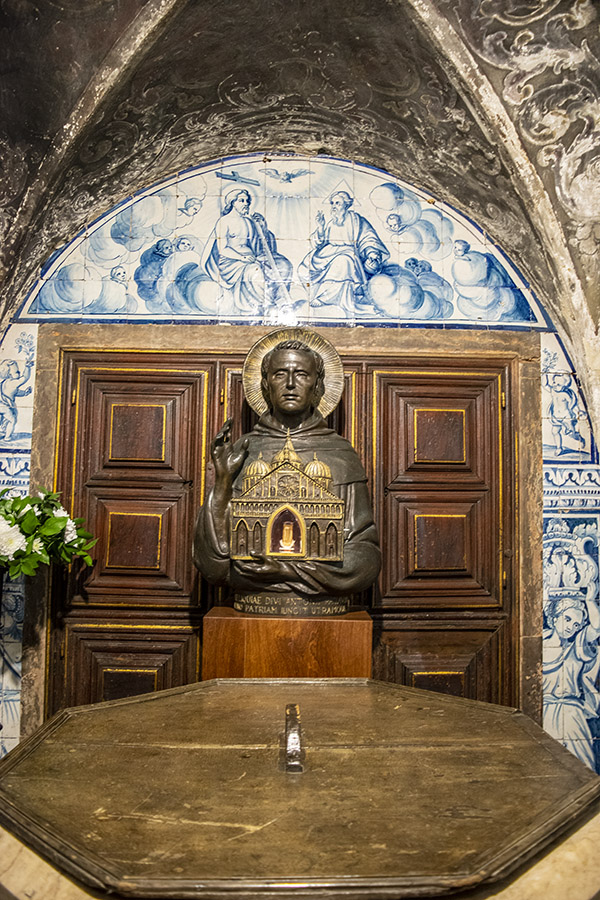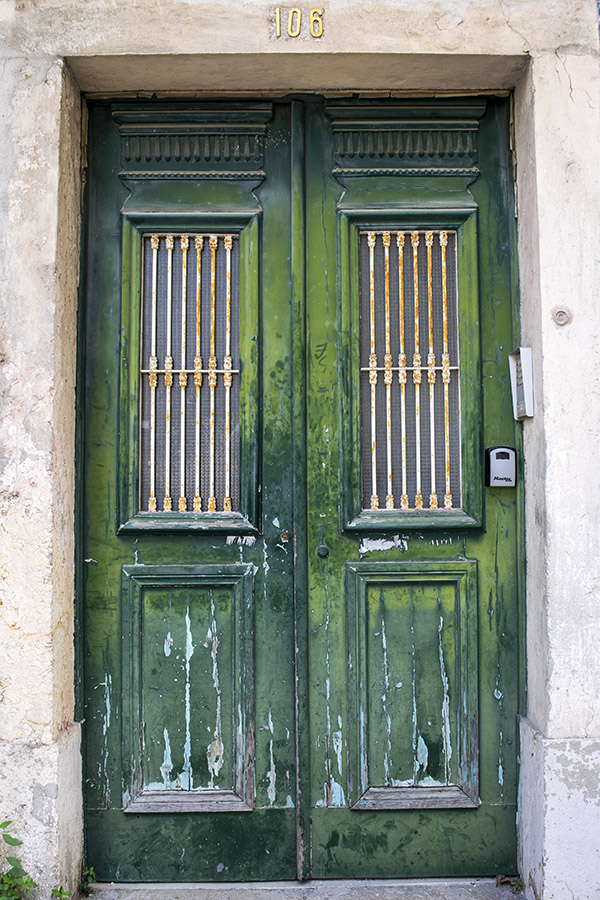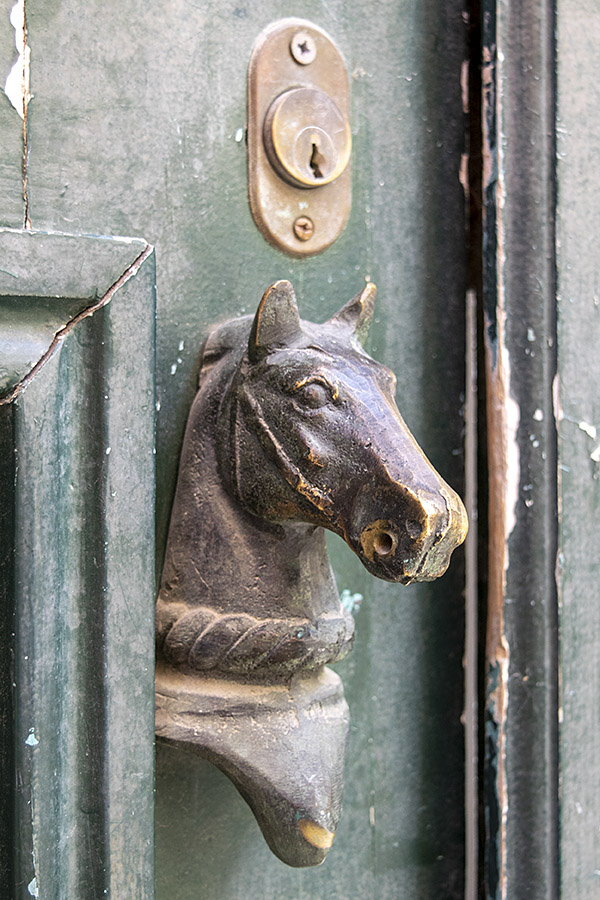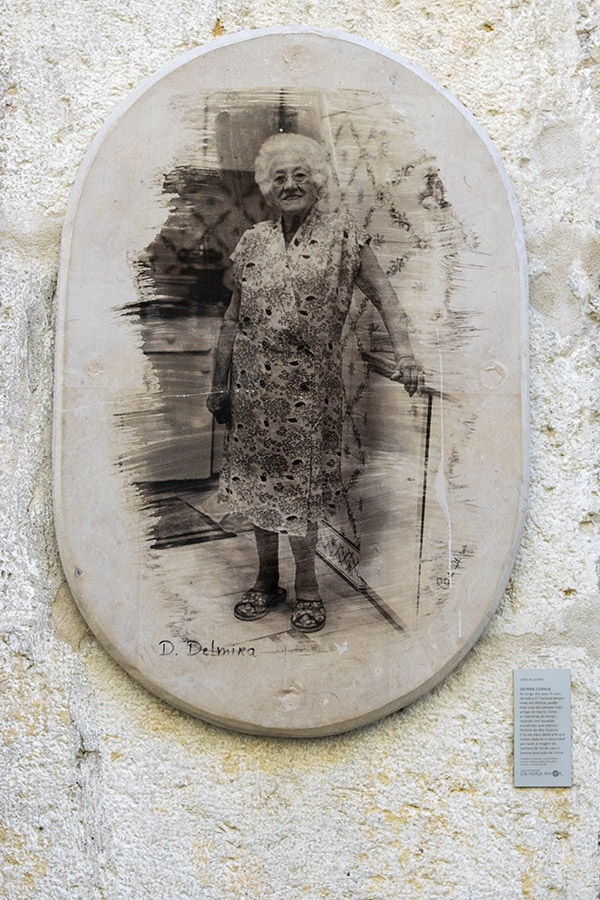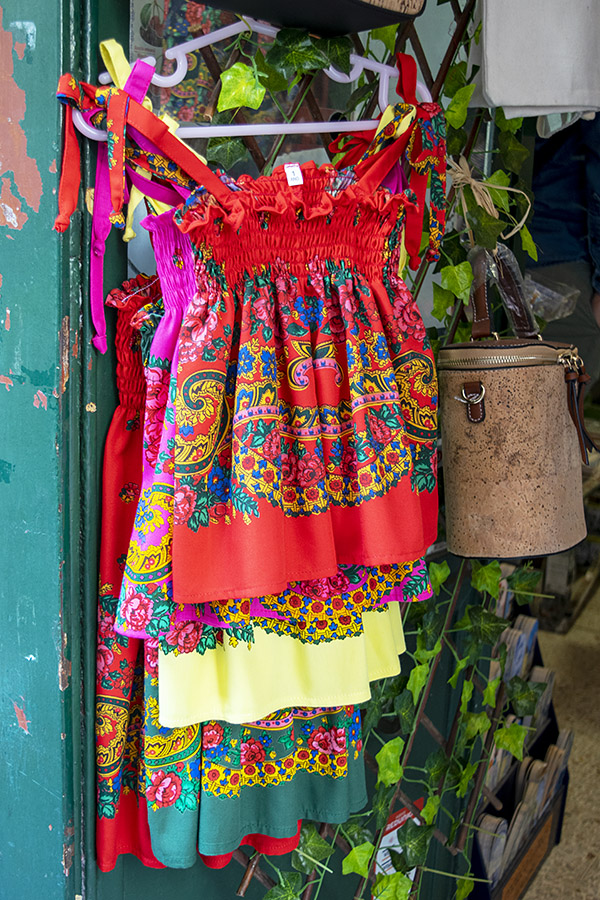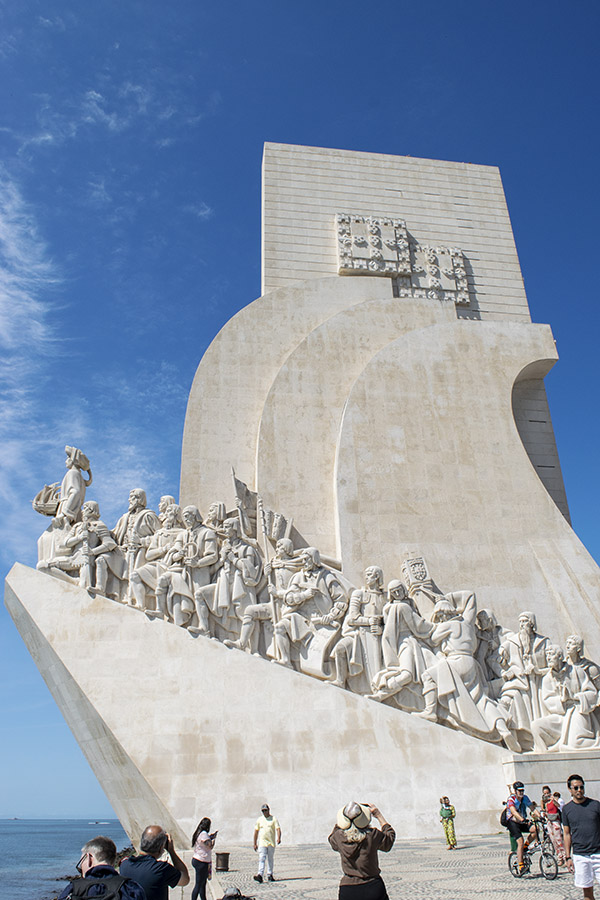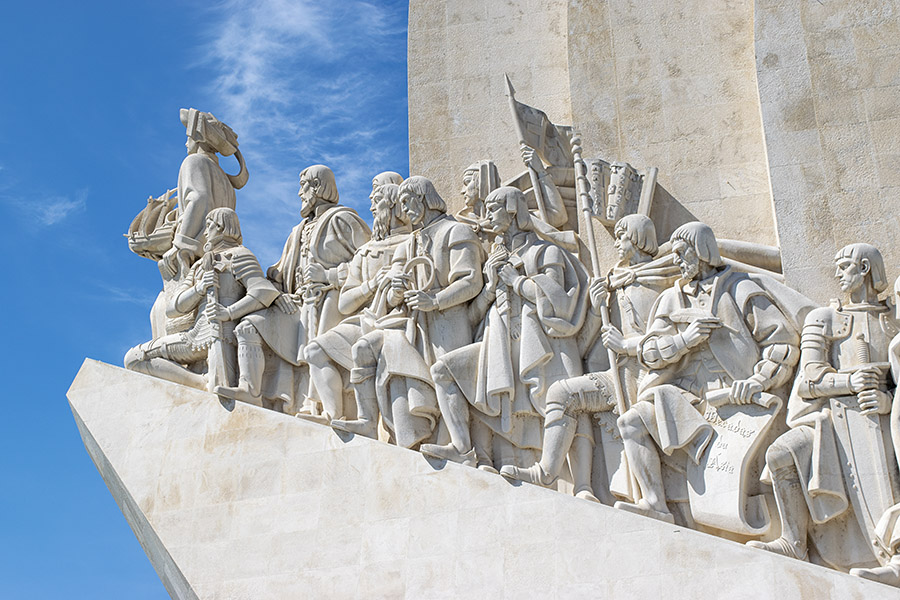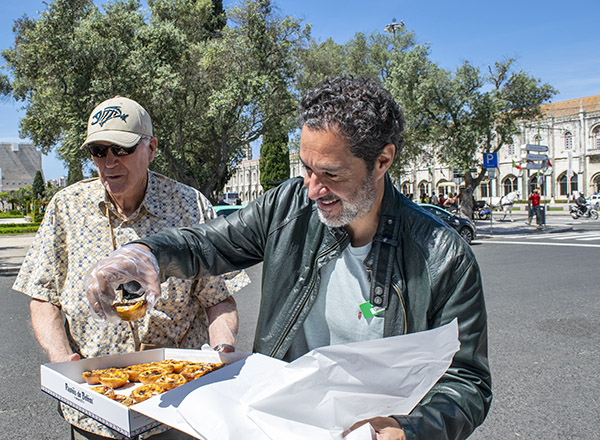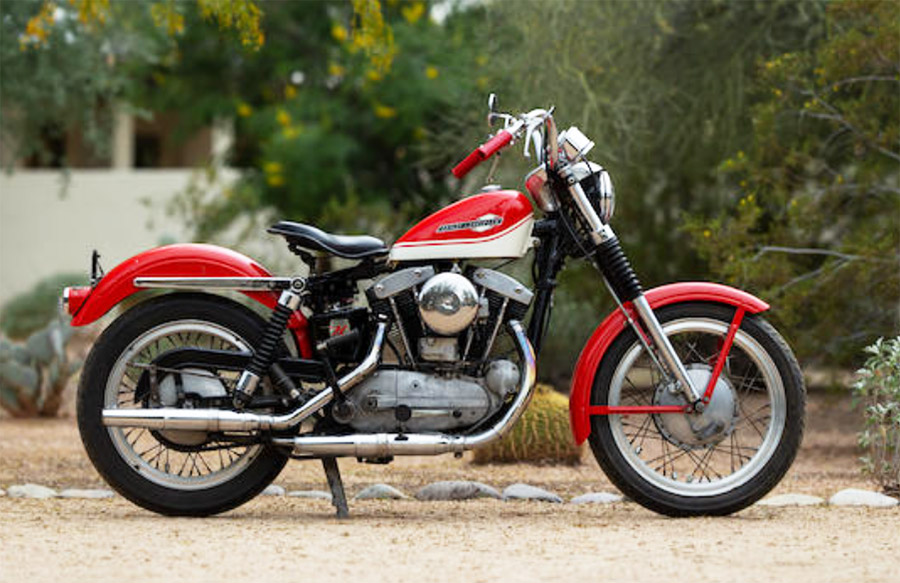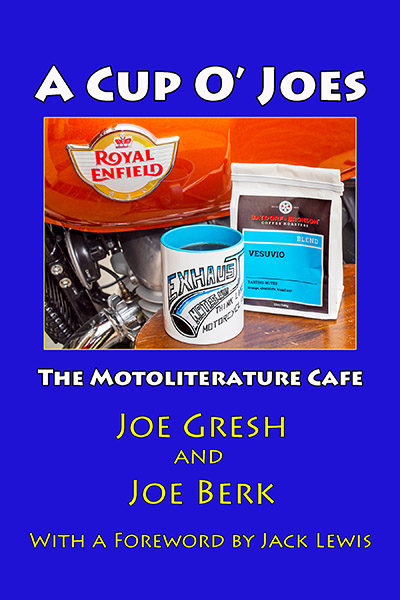By Joe Gresh
In these Covid-aware times being a long hauler means suffering from the effects of contracting the virus that caused so many problems a few years ago. But “long hauler” used to have a different meaning in the motorcycle community. It meant a rider that rode long distances over relatively short periods of time. The Iron Butt group sprang up to create a framework of recognition and certification for the tough riders that did 1000 miles in 24 hours and the challenges escalated from there.
I’ve never felt the desire to ride 1000 miles in 24 hours although I would have loved to run that pace the time I raced the Baja 1000. No, I usually go a few hundred miles if I’m bopping around near the ranch on a day ride. If I’m traveling long distances I’ll shoot for 400 miles a day or a little more depending on the time of year. On motorcycle trips I try to take it easy and enjoy the countryside. I’ll stop often to read historical markers or pull off the road to sip a little piping hot Dancing Goats coffee from my Thermos. I might see a stream and wander over to look for gold nuggets or stick my feet in the cold water. To me, motorcycle rides should be fun, not an endurance test.

Sometimes I end up pushing it a bit like on the ride to Laguna Seca. I clocked 590 miles from Grand Junction, Colorado, to Tonopah, Nevada. I was riding the ZRX1100, it was hot, and I had plenty of daylight, so I just kept riding. I wasn’t in any great pain and there aren’t many places to get a motel room in the wilds of Nevada. That 590-mile run may not seem like much to an Iron Butt rider but I’ve done some other long distance rides on much less capable motorcycles.

The longest single-day ride I did on my 1971 Yamaha RT1-B, 360cc Enduro was from Cross City, Florida to Big Pine Key, Florida, a distance of 530 miles. The old two-stroke, single-cylinder dirt bike is a fairly comfortable place to sit and it will happily cruise along at 60-65 miles per hour so it’s not like I was doing something all that special. At the time a hurricane had blown through Big Pine and our house was a mess, so I was hustling to get back home and start cleaning up.
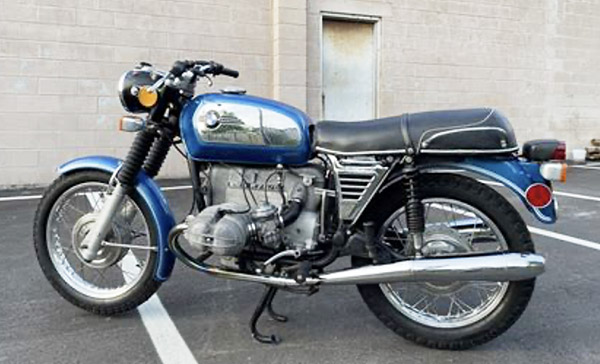
Another long day in the saddle was back in the 1970s riding my 1973 BMW R75/5. I was returning from a 41-state tour around America and the last leg was Cashiers, North Carolina to Miami, Florida. I racked up 750 miles in one, national-55-mph speed limited day. Back then you had to keep your eyes glued to the speedometer because it was nearly impossible to ride a 750cc motorcycle on a wide-open highway at 55 mph. You tended to creep up and all of a sudden you’re doing 70. The 55 mph speed limits stuck around a long time because it was a huge moneymaker for the Highway Patrol and local police forces.
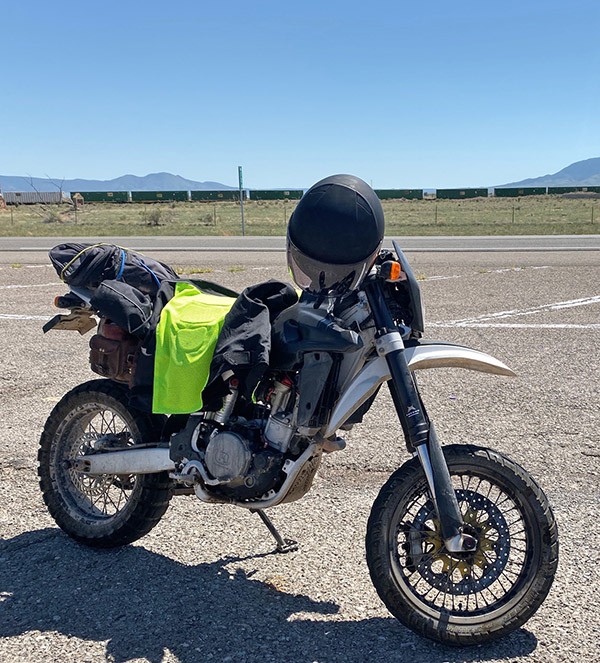
I rode my Husqvarna 510cc Super Motard 500 miles from Window Rock, Arizona to Caliente, Nevada in one agonizing stint. This run was the most physically demanding and it demanded it all from my butt. The Husky’s seat is narrow for ease of mobility in the dirt. It has almost zero padding towards the rear and the front area was no wider than a pack of cigarettes. I did a lot of stand up riding and crossed leg riding that day.
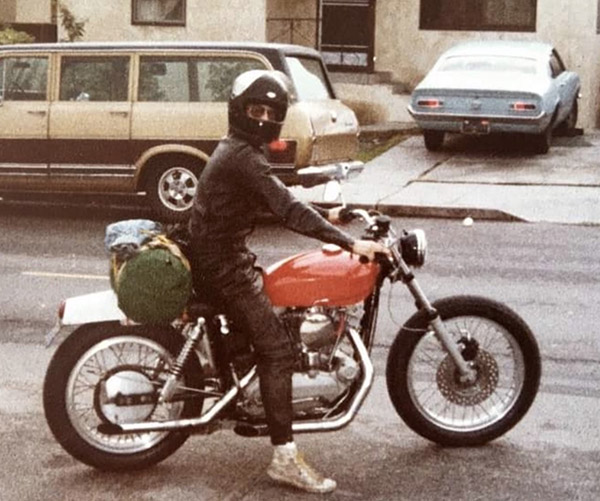 The closest I got to an Iron butt ride was on a 1968 Sportster. This motorcycle is another poor choice for long distance riding. At least the seat wasn’t 4 inches wide on the Sporty. I started out from Van Horn, Texas. It was late March, so it was still pretty chilly in the pre-dawn hours. I rode all the way to Point Loma, California and it took around 18 hours. Of course, with an old Harley all that time wasn’t spent riding. You have to twirl wrenches a bit.
The closest I got to an Iron butt ride was on a 1968 Sportster. This motorcycle is another poor choice for long distance riding. At least the seat wasn’t 4 inches wide on the Sporty. I started out from Van Horn, Texas. It was late March, so it was still pretty chilly in the pre-dawn hours. I rode all the way to Point Loma, California and it took around 18 hours. Of course, with an old Harley all that time wasn’t spent riding. You have to twirl wrenches a bit.
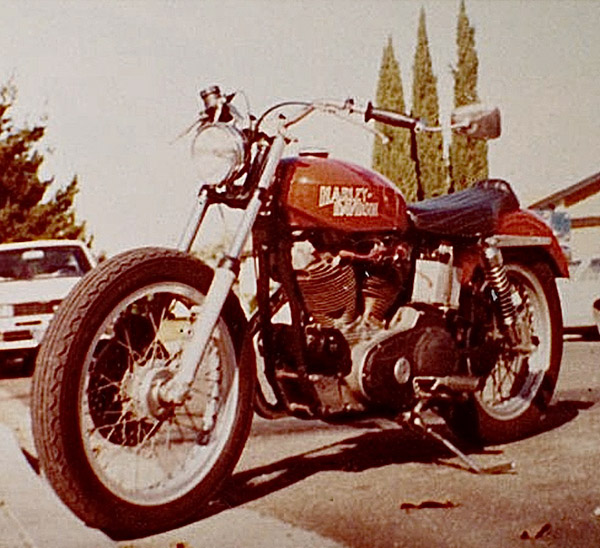 The Sportster’s charging system failed because the mechanical, coil and point type voltage regulator shook itself to pieces. Running a total loss ignition system I had to stop at gas statins and charge the battery every so often, kind of like a modern EV car. As the voltage would drop the bike would start missing due to the plugs whiskering.
The Sportster’s charging system failed because the mechanical, coil and point type voltage regulator shook itself to pieces. Running a total loss ignition system I had to stop at gas statins and charge the battery every so often, kind of like a modern EV car. As the voltage would drop the bike would start missing due to the plugs whiskering.
Motorcycle plug whiskering isn’t common with today’s high powered ignitions and alternators but back then it was not out of the realm of possible failure modes. It happened when the plug shorted out from a tiny piece of metal stuck between the electrode and the body of the plug. The remedy was fairly easy: you had to remove the plug and clear off the bit of metal that was causing the short, then put the plug back in. Don’t ask me where the tiny pieces of metal came from; it’s best not to think about it.
At some point on the ride, I found a voltage regulator wire broken from vibration and figured out how to make the old, brush-type Harley-Davidson generator charge its battery. I made the last 200 miles at night without having to stop for a charge. All in, I rode the Sportster 854 miles and man, were my arms tired. It’s kind of funny that the long haul effects of Covid (foggy brain, tired feeling and dizziness) were the same symptoms I felt after riding that Sportster 854 miles.
I don’t think I’ll ever do a thousand miles in 24 hours. It’s just not important to me and defeats the purpose of riding a motorcycle in the first place. I guess if it was an emergency and I had to do it I could ride the Kawasaki ZRX a thousand miles in a day, but honestly, if that situation arose, I’d rather take the Toyota truck.
What about you? Are you a long hauler? How far have you ridden in a day? Does racking up mileage for mileage’s sake mean anything to you?
Another mileage story? You bet!



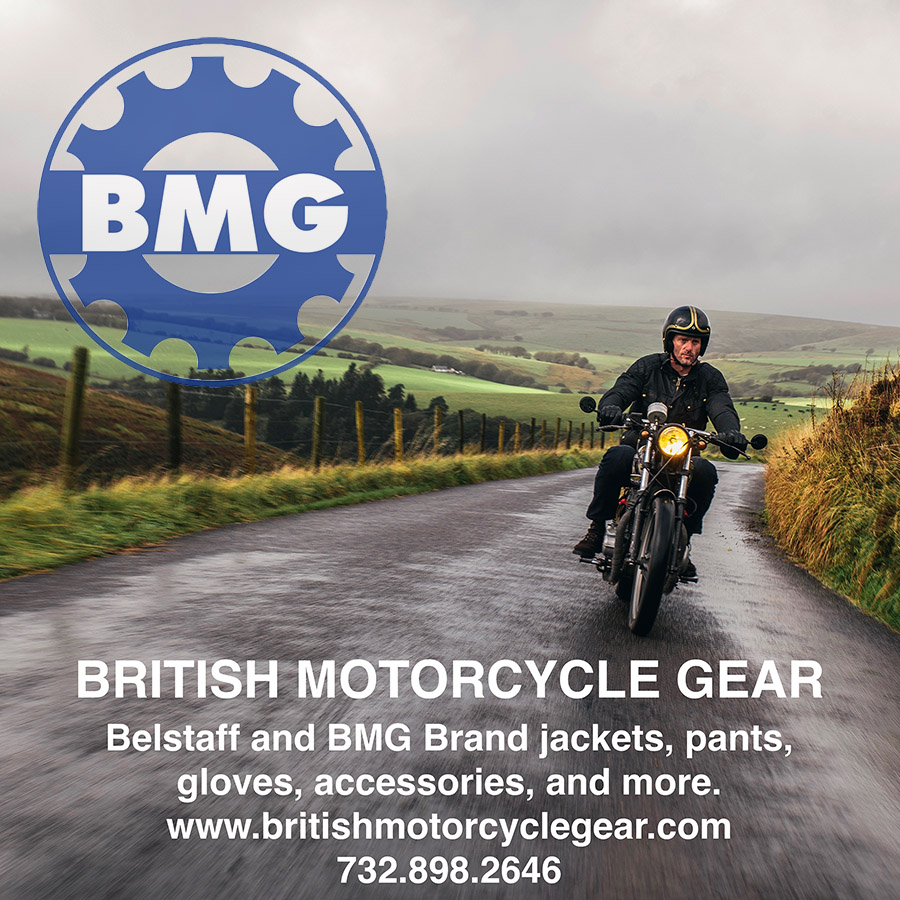
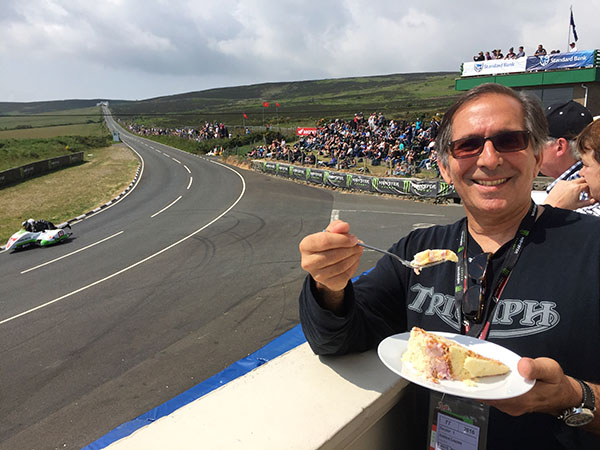
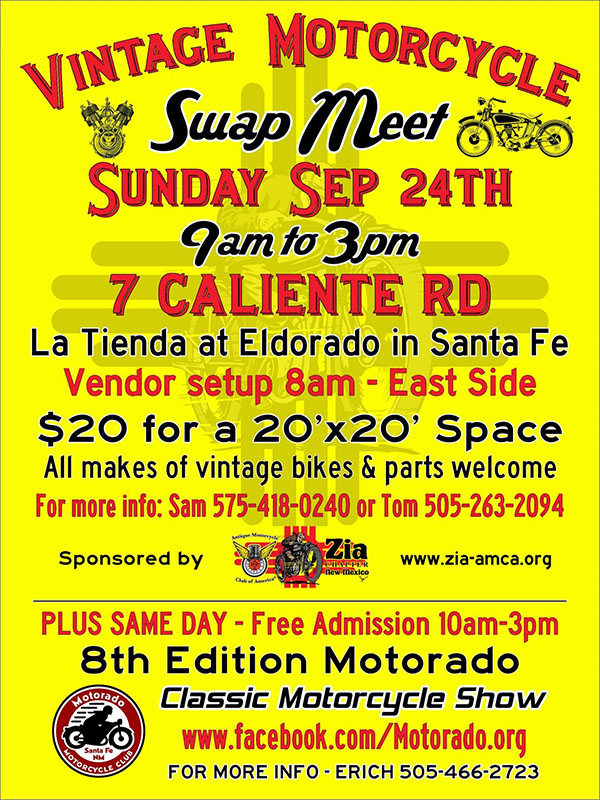
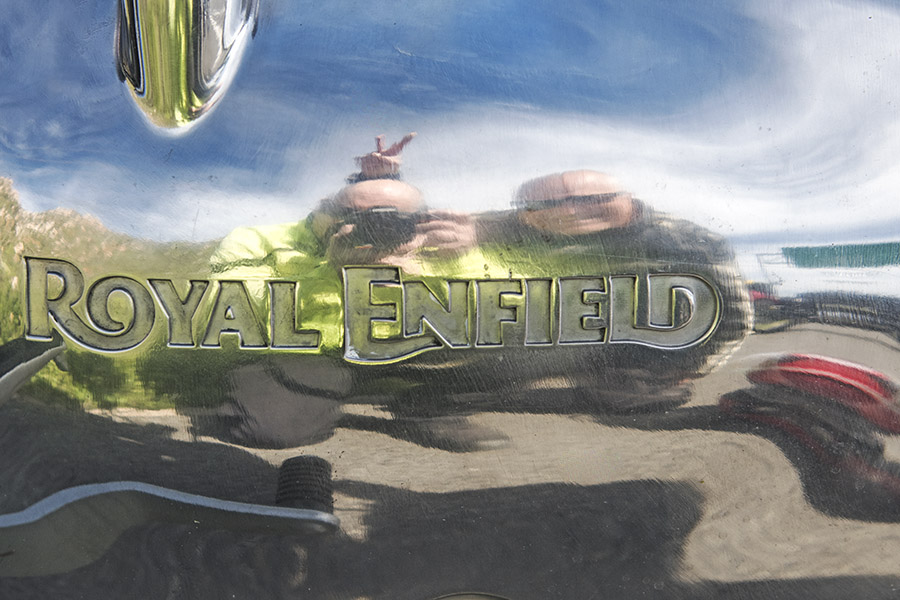





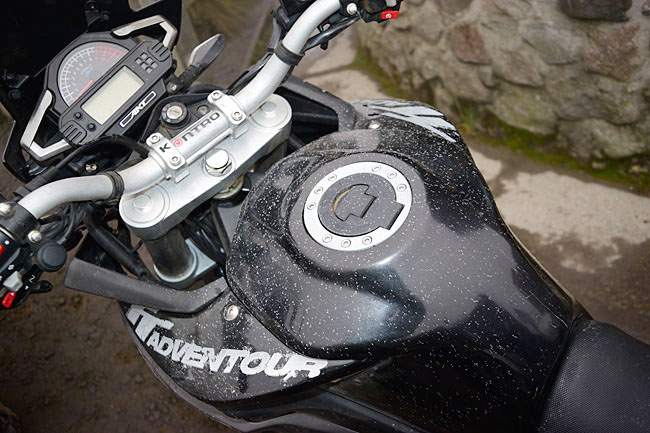
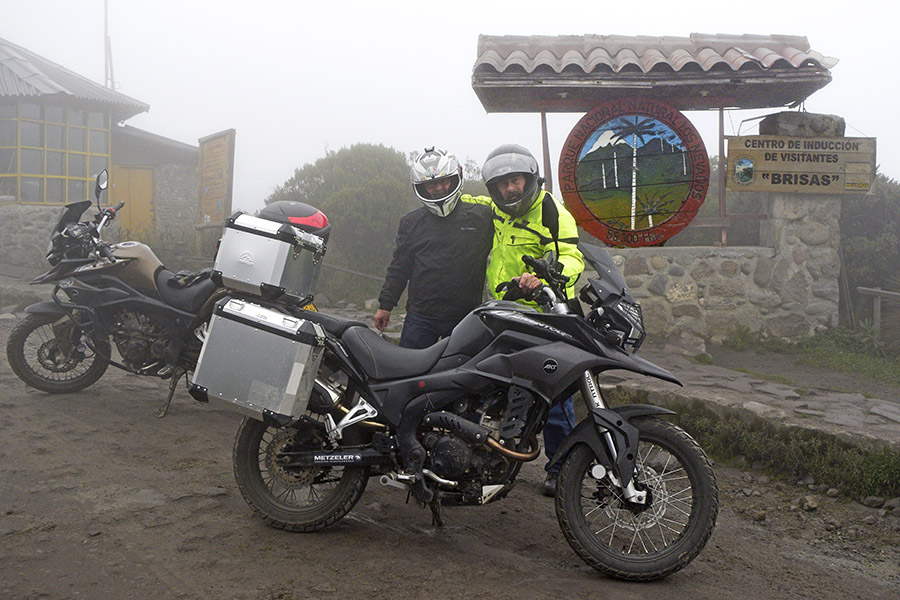

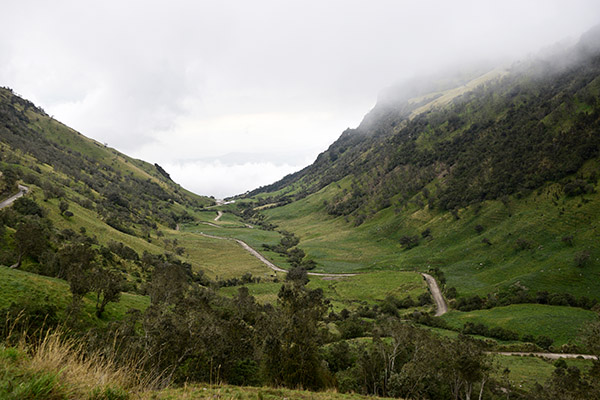
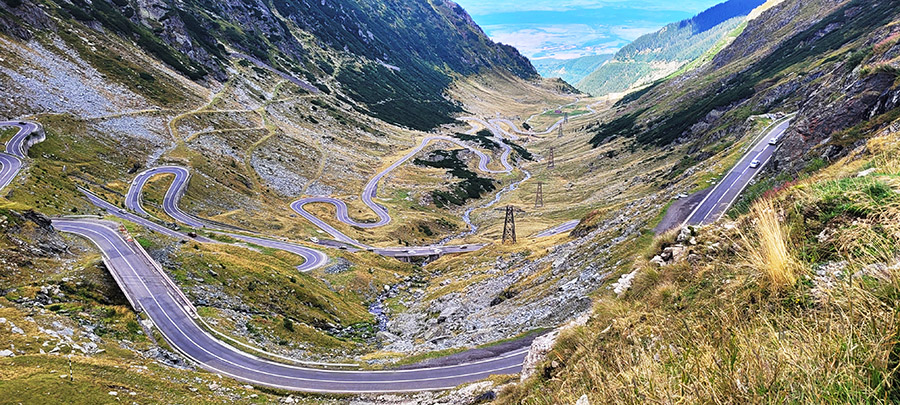


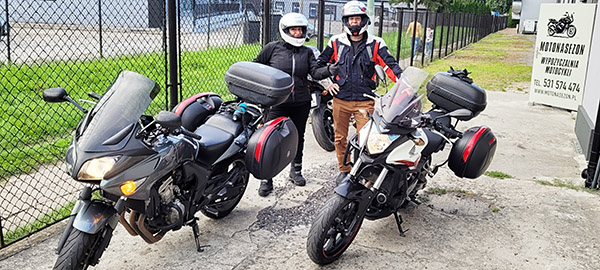

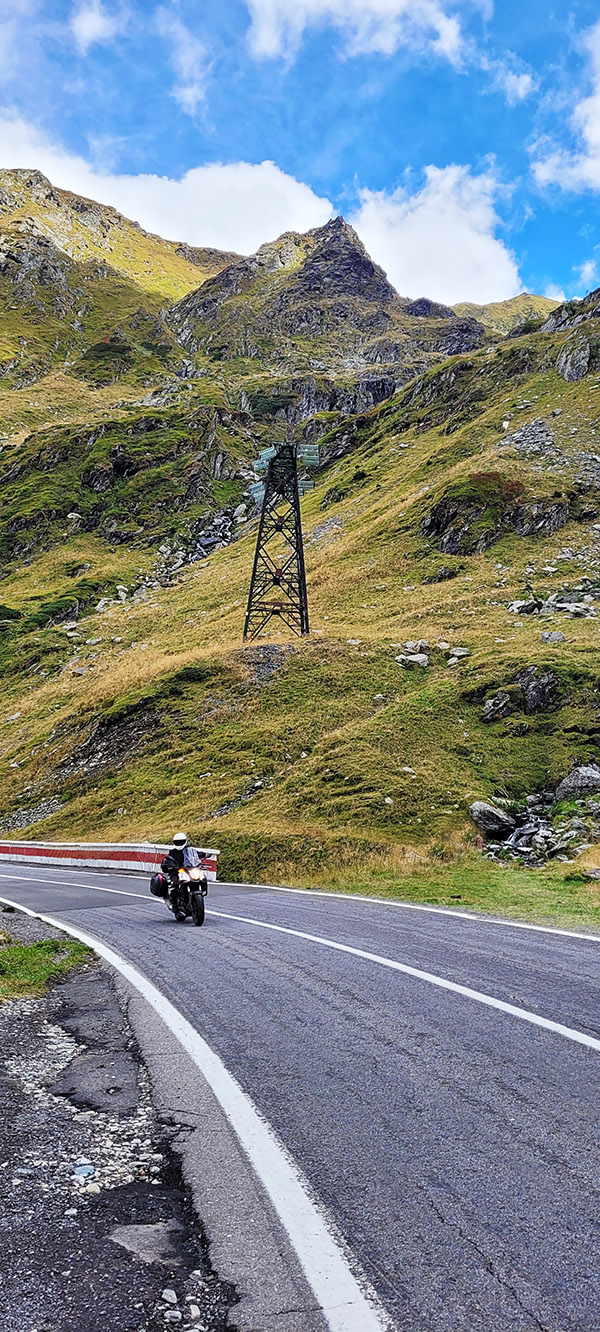



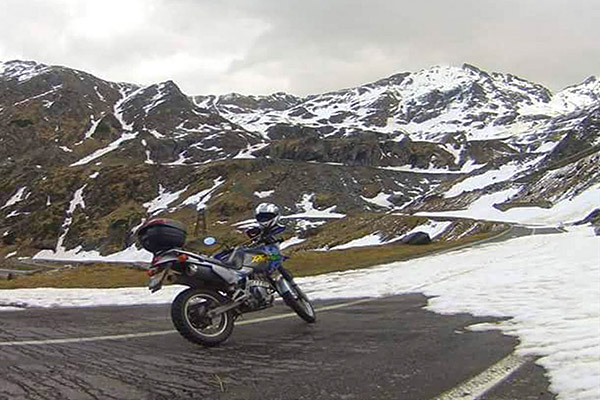


 Having been in Panama and Nicaragua with such little luggage it was important to keep my packing to a minimum. This wasn’t very difficult as the countries I had been visiting were tropical and very warm. I was certain Ecuador would be the same, as Quito was on the equator. Where could be warmer than the equator. Well, it turns out a lot of places could be much warmer? Quito was indeed on the equator but is also nestled in the Andean foothills at an elevation of around 10,000 feet above sea level. To add to that it was August, so technically it was winter there (although the ambient temperature doesn’t fluctuate very much).
Having been in Panama and Nicaragua with such little luggage it was important to keep my packing to a minimum. This wasn’t very difficult as the countries I had been visiting were tropical and very warm. I was certain Ecuador would be the same, as Quito was on the equator. Where could be warmer than the equator. Well, it turns out a lot of places could be much warmer? Quito was indeed on the equator but is also nestled in the Andean foothills at an elevation of around 10,000 feet above sea level. To add to that it was August, so technically it was winter there (although the ambient temperature doesn’t fluctuate very much).

